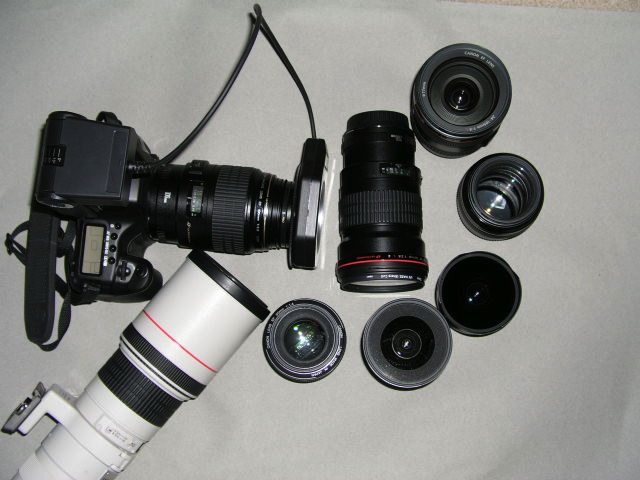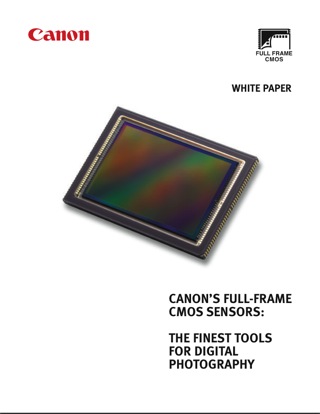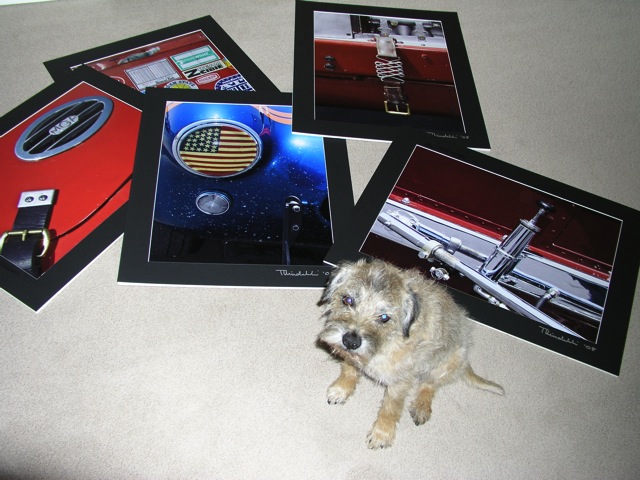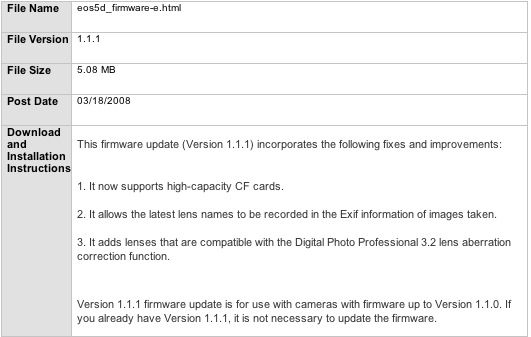Rumors abound – these you can be certain of.
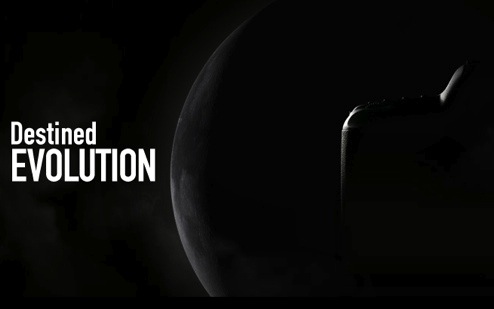
Teaser ad on the Canon site
With all that speculation about the iminent replacement for the Canon 5D, here’s my list of things I can pretty much guarantee will not be in the 5D Mark II:
- A 21mp sensor. No way. That would immediately cannibalize sales of the ultra-high margin 21mp 1Ds Mark III which goes for $8,000 a pop. And with the 11 mp in the 5D being as good as it is, reckon on no more than 16mp. Let’s hope they don’t muck up resolution in the process.
- Ultra-high framing rates like in the 40D and 50D. Same reason as above.
- Full weather sealing. No way no how. This camera is aimed at the advanced amateur snapper, not the pro in rain forests, even if a few rubber gaskets cost $1.50 to add.
- Eye controlled focus. That’s the fabulous technology available in some late Canon film SLRs. The camera focuses where you look. (This still seems like magic to me). For some reason Canon have never added it to any of their DSLRs. Just imagine using something like Helicon Focus with eye controlled focus. Sight down your subject – click. Look a little further – click. Oh! wow. But not to be in the Mark II.
- A smaller body. That would cost too much to re-engineer. Canon will add already mature and developed technologies like sensor dust removal and live view (ugh!) but a comprehensive re-engineering of the body would cost too much.
- A change for that dumb Print button to make it useful – such as a mirror lock-up control. Someone at Canon has a real axe to grind for their printers (surprise!), so expect more of this silliness.
- Lens aberration correction inside the camera’s software. See the first bullet point above.
- A permanently attached vertical hand grip. That would look too ‘professional’ and adds needless bulk to an amateur’s camera. Indeed, one of the appealing aspects of the 5D is that it does not look professional – especially if you add some electrician’s tape to all those gauche logos.
Expect the announcement in late September at Photokina in Cologne.
